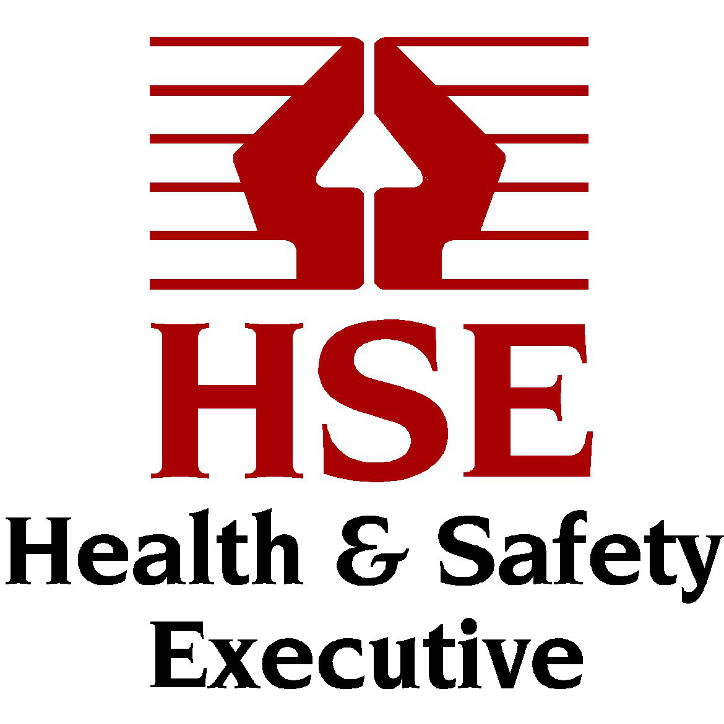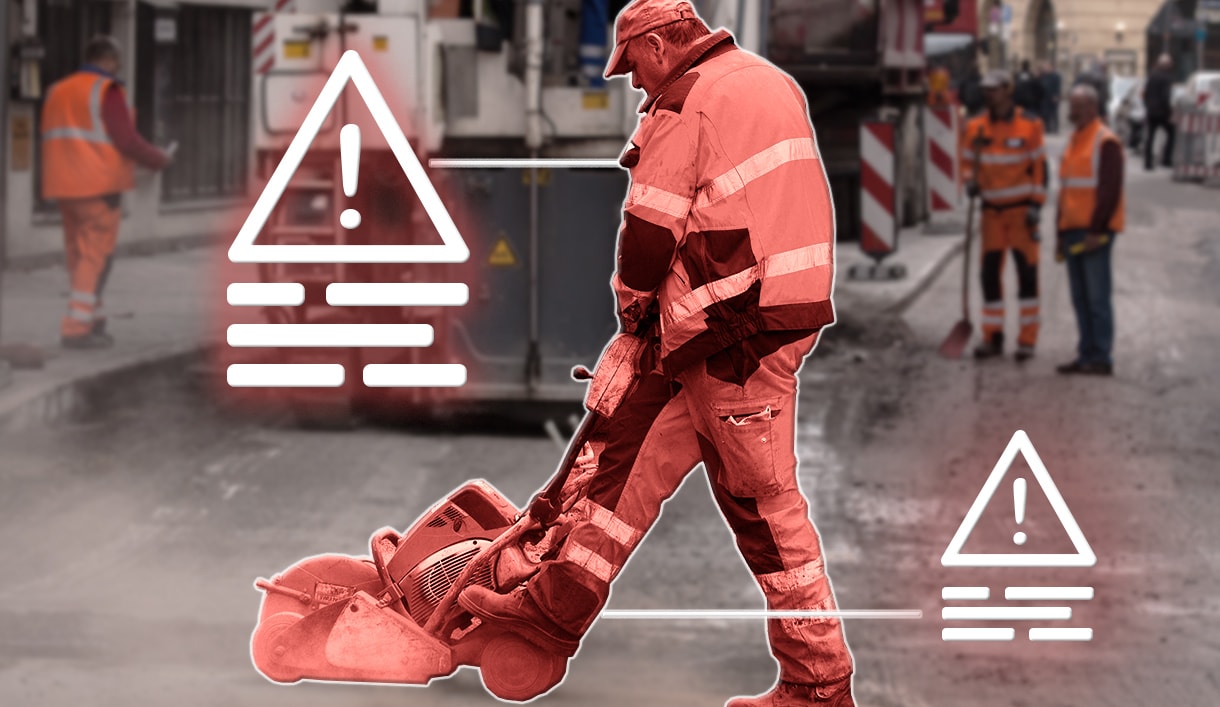Celebrating 50 Years Of HSE
The Health and Safety Executive (HSE) celebrated its 50th anniversary in January 2025, commemorating five decades of significant workplace health and safety achievements.
What does HSE stand for and what does it do?
Established under the Health and Safety at Work etc. Act 1974, the HSE has played a pivotal role in transforming the safety culture across industries in Great Britain, reducing workplace accidents, and improving occupational health standards over the last 50 years.
Before the formation of the HSE, workplace safety in Great Britain was fragmented, with various industries following differing regulations. The Health and Safety at Work Act created a unified framework, ensuring a comprehensive and consistent approach to protecting employees and the public from workplace hazards. Establishing the HSE as an independent regulator empowered it to enforce compliance, investigate workplace incidents, and guide employers and employees alike.
The last 5 decades of HSE and It’s Impact
Over the past five decades, the HSE’s impact has been profound. Fatalities and serious injuries in workplaces have seen a remarkable decline. In the 1970s, workplace fatalities averaged over 600 annually, but by the mid-2010s, this figure had dropped to below 150 per year. This improvement is not merely a result of stricter regulations but also of a cultural shift driven by the HSE’s emphasis on proactive risk management, training, and employee engagement in safety practices. Improve your workplaces health and safety with our NEBOSH HSE Process Safety Management Course.
HSEs Long Term Success Spanning 50 years
Key campaigns and initiatives have underpinned the HSE’s success. For instance, campaigns addressing asbestos awareness falls from height and stress management have not only reduced immediate physical risks but also tackled long-term health hazards. The HSE’s construction, manufacturing, and chemicals work has been particularly impactful, where risks are inherently high and safety measures are critical.
In addition to enforcement, the HSE has also been instrumental in promoting education and research. Publications, industry guidelines, and case studies have provided valuable resources for businesses to improve safety standards. The HSE’s efforts in adapting to emerging challenges, such as the rise of mental health issues in the workplace and the risks posed by new technologies, demonstrate its ability to evolve with changing work environments.
Sarah Albon, chief executive of HSE, has said that despite the transformation of Britain’s workplaces over the past half century, the regulator’s mission remains as relevant as ever.
Over the past half-century, the Health and Safety Executive has led the way in establishing Great Britain as a safe place to work. As we look ahead to the next 50 years, we recognise there is still much for HSE to take on.
We’re proud of our successes over the last five decades, but the fact remains that any work-related death is a tragedy, and there are still far too many workers suffering ill health brought about by work activity.








